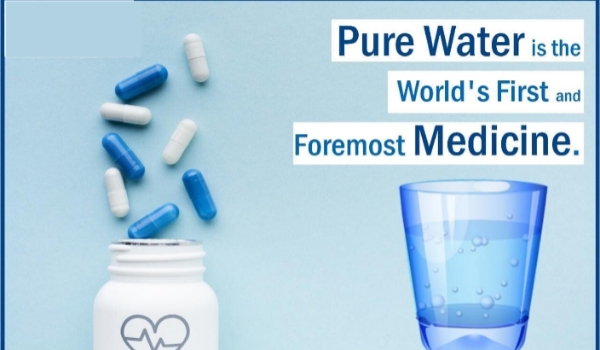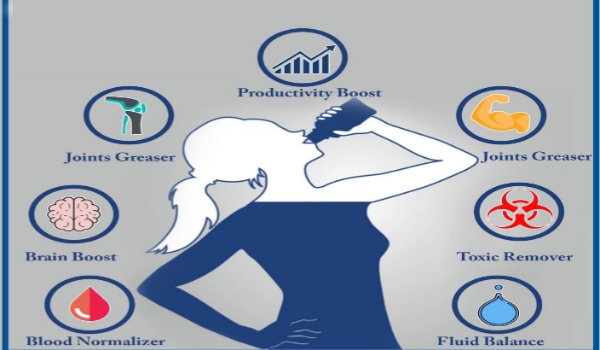It is important to know and maintain drinking water guidelines in order to provide safe drinking water. The World Health Organization (WHO) produces international norms on water quality and human health, in the form of guidelines that are then used as the basis for regulation and standard-setting worldwide. The said guidelines for drinking water quality (GDWQ) are used to promote the protection and safeguarding of public health by championing the development of locally relevant standards and regulations, adoption of preventive risk management plans that cover catchment to consumer and independent surveillance to ensure that Water Safety Plans are being implemented and are effective. It is also required to ensure that national standards are being implemented effectively.
Rolling Process
These guidelines for drinking water quality are updated through what is known as a “rolling process”. This process ensures that the guidelines present the latest scientific evidence and talk about the key concerns that are raised by countries. This is attained by systematic updation of the sections of the guidelines as new and/or updated evidence becomes available.
The need and aim of the rolling revision process is to maintain the standards according to relevant situations, quality and integrity of the guidelines, while ensuring the continual development in response to new information and challenges.
The rolling revision process also assists in the implementation of the guidelines by the national agencies by the promotion of regular, incremental improvement, rather that attempts to promote the implementation of major changes to drinking water quality management at once.
WHO’s Endeavours
The WHO has continually produced guidance on the management of drinking water quality since 1958, the first publication of the international standards for the maintenance of the quality of drinking water. The said standards were eventually revised in 1963 and then again in 1971 under the same title.
In 1984, the international standards for drinking water were replaced with the first edition of the GDWQ, which was the first step in the recognition the advantages of using risk-benefit approach in the establishment of standards and regulations. Since 1984, subsequent editions of the GDWQ have been published in 1993, 2004, and 2011. The GDWQ has been kept up to date via the process of rolling revision.
The fourth edition of the World Health Organization’s Guidelines for drinking water quality (GDWQ) is built upon over 50 years of guidance by the WHO on drinking water quality. This has resulted in the formation of an authoritative basis for the setting of national regulations and standards for maintenance of water quality and safety for the support of public health.
This is the product of remarkable revisions to clarify and extrapolate on the ways for the implementation of its recommendations of contextual hazard identification and risk management, through the establishment of health-based targets, catchment to consumer water safety plans, and independent surveillance.
Resnovae Water Solution’s Endeavour
As we have mentioned earlier, it is important to maintain and continue to maintain the standards of drinking water quality. At Resnovae Water Solution Pvt. Ltd., we are dedicated to the elevation of your quality of life, and the protection of your health. We ensure that all of our water related products, like our commercial water treatment plants, RO and UV purifiers and water filters, all comply with the guidelines for safe drinking water, for the protection of your health and the upliftment of your quality of life. We are dedicated to providing you with the healthiest water possible and promise to continue doing so in the future as well.


